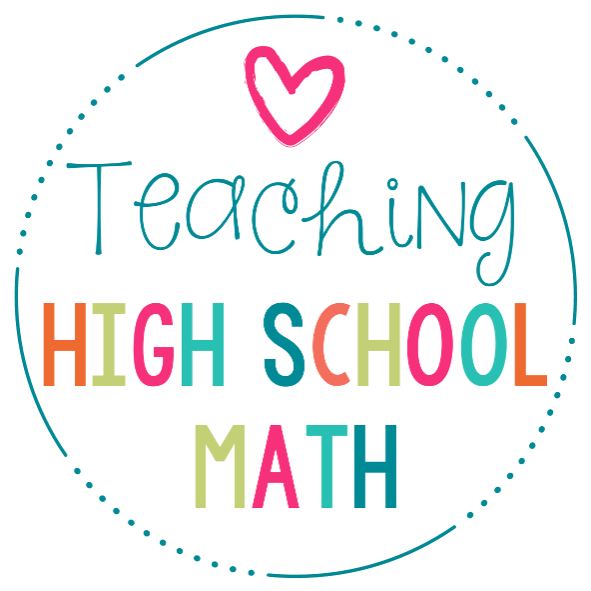Welcome to part 4 of the book study about the book The Ten Minute In-Service by Todd Whitaker.
First, let me introduce myself for those that don't regularly read my blog. I teach high school math at a Catholic High School south of Chicago. I am also certified to teach Chemistry and Physics and I have my administrator's certificate, although I have yet to venture to the administrative side :) I have enjoyed reading Todd Whitaker's other books such as What Great Teachers Do Differently and What Great Principals Do Differently, so I was excited to participate in this book study.
Part 4 of this book is entitled Learning from Others. Good teachers learn from others teachers, from their students, and let's face it even from Pinterest :)
The first three in-services in this section deal with Teacher and Administrator Report Cards. This part resonates with me because we have been toying with this idea in the school where I teach. In this section, Whitaker suggests that students be allowed to give their teachers a report card and then the teachers are allowed to give their administrator a report card. Allowing the students to give their input makes it seem as if their opinion matters. I am a little hesitant about this idea as I'm sure some of you will be...I don't need a teenager criticizing me!!! But, I think the key here is the types of questions you ask - you wouldn't want to ask the question Do you like your teacher? But you could ask questions such as What do you think would help you learn better or What is your favorite part of this class? As Whitaker points out, you should definitely involve teachers in making the questions that will be on the survey. Teachers need to own the project in order for it to be successful.
The next in-service is What's Working for Others - I love this idea! A chance to talk with my colleagues at a faculty inservice : ) I also loved that he made the rule that no one can GRIPE at this session. A specific topic was chosen and then each teacher brings a strategy that is working for them in the classroom. Everyone gets a chance to present and you get new ideas. A teacher interviewed in this chapter said this was her favorite in-service ever - Wow that is high praise because I think we've all sat in meetings that we felt were the WORST in-sevice ever!
Finally, the last in-service in this section is Teachers Observing Teachers. The idea of this seems great, but WHO HAS TIME? Whitaker interviewed an administrator in this section who has a good plan for setting up a schedule for teachers to observe each other during their planning period. Teachers were obligated to do this once a month for at least 30 minutes. Teachers signed up to observe a certain category, classroom management, cooperative grouping, technology, etc. Teachers also signed up to be observed during certain days and times. The plan sounded a little bit confusing, but I can see how a plan such as this would work after everyone got used to it. One of the ingenious parts to this plan is that teachers are being observed by others - it encourages them to always to do their best!
I hope you enjoyed reading my synopsis of part 4 of this book. If you have missed the other parts of this book study and would like to read them, see the list below:
Part 1A - Classroom Management 1A - Sarah Koves
Part 1B - Classroom Management 1B - Tried and True Teaching Tools
Part 2 - Teaching Practices - Mrs 3rd Grade
Part 3 - Improving School Climate - Lessons with Coffee
Part 4 - Learning from Others - YOU ARE HERE :)
Part 5 - What Makes a Great Teacher - Angela Ackley


No comments:
Post a Comment